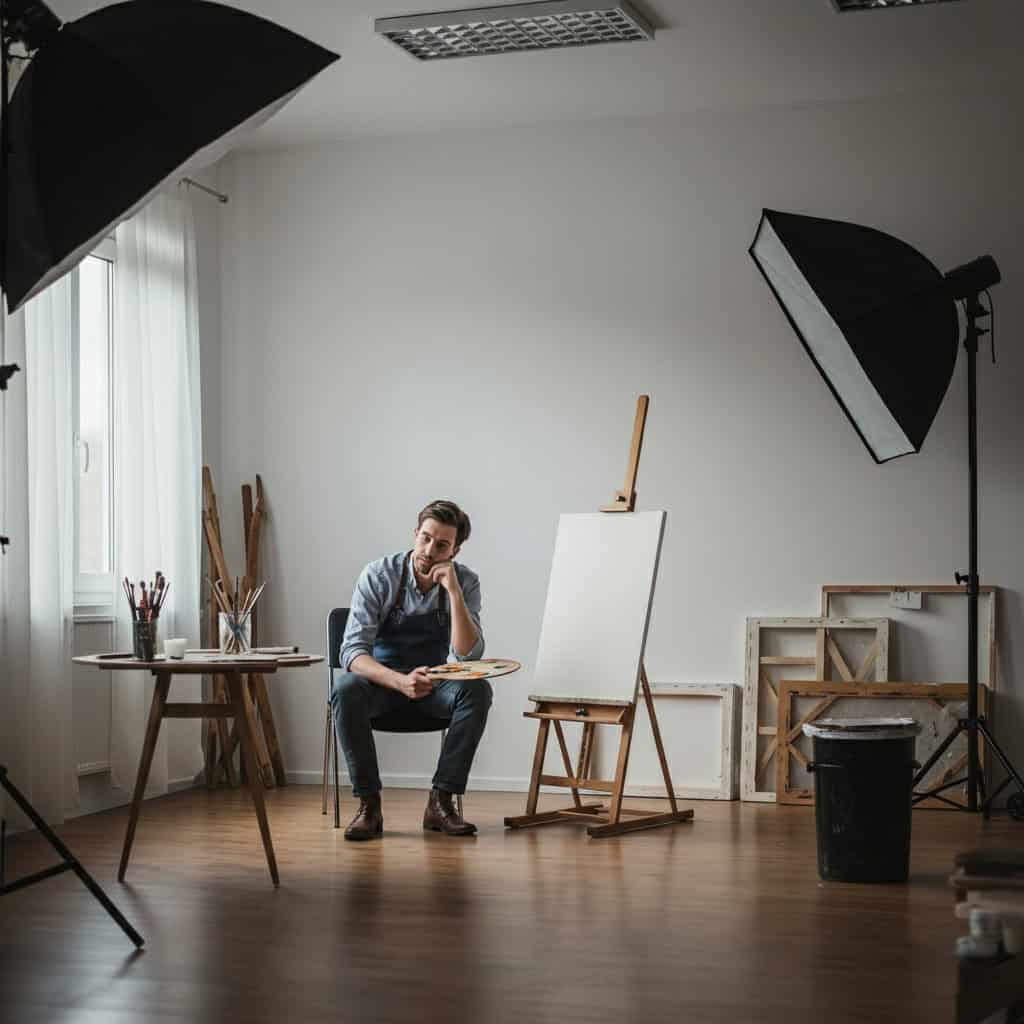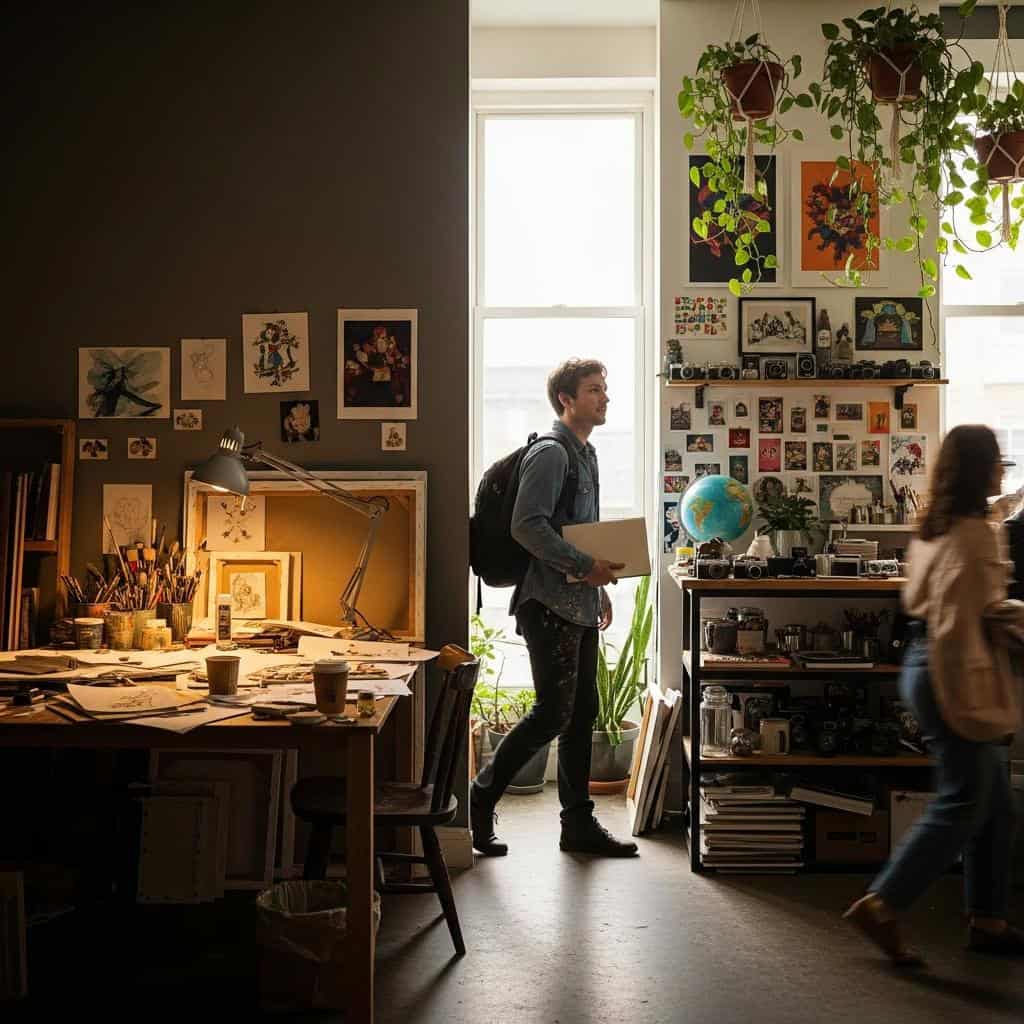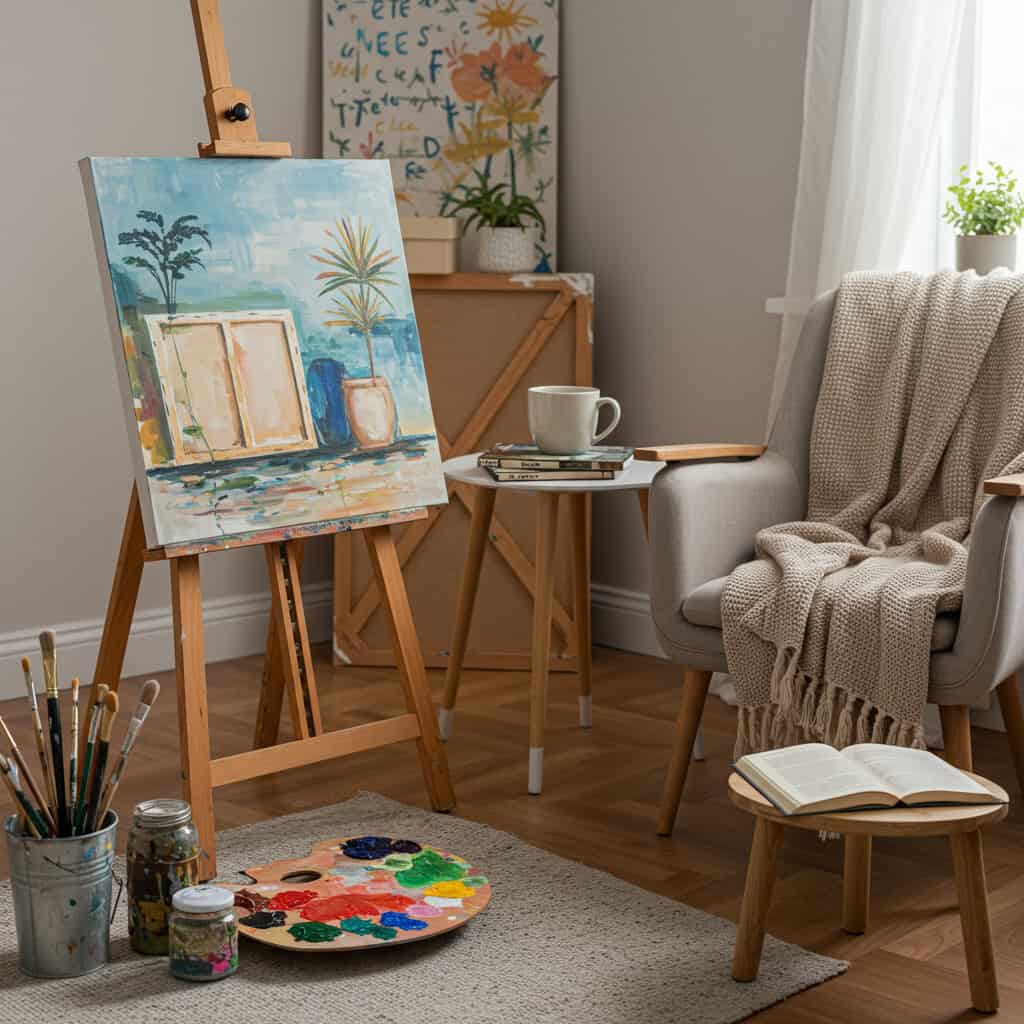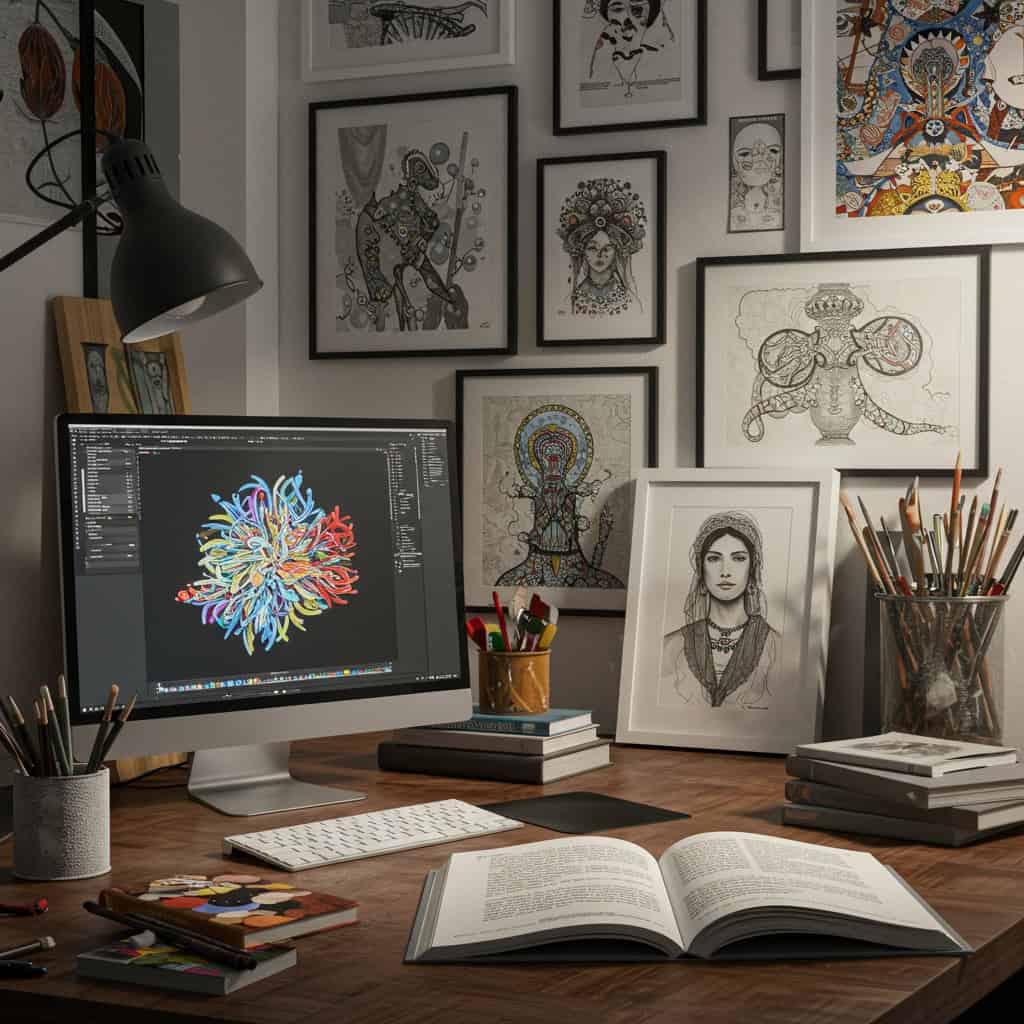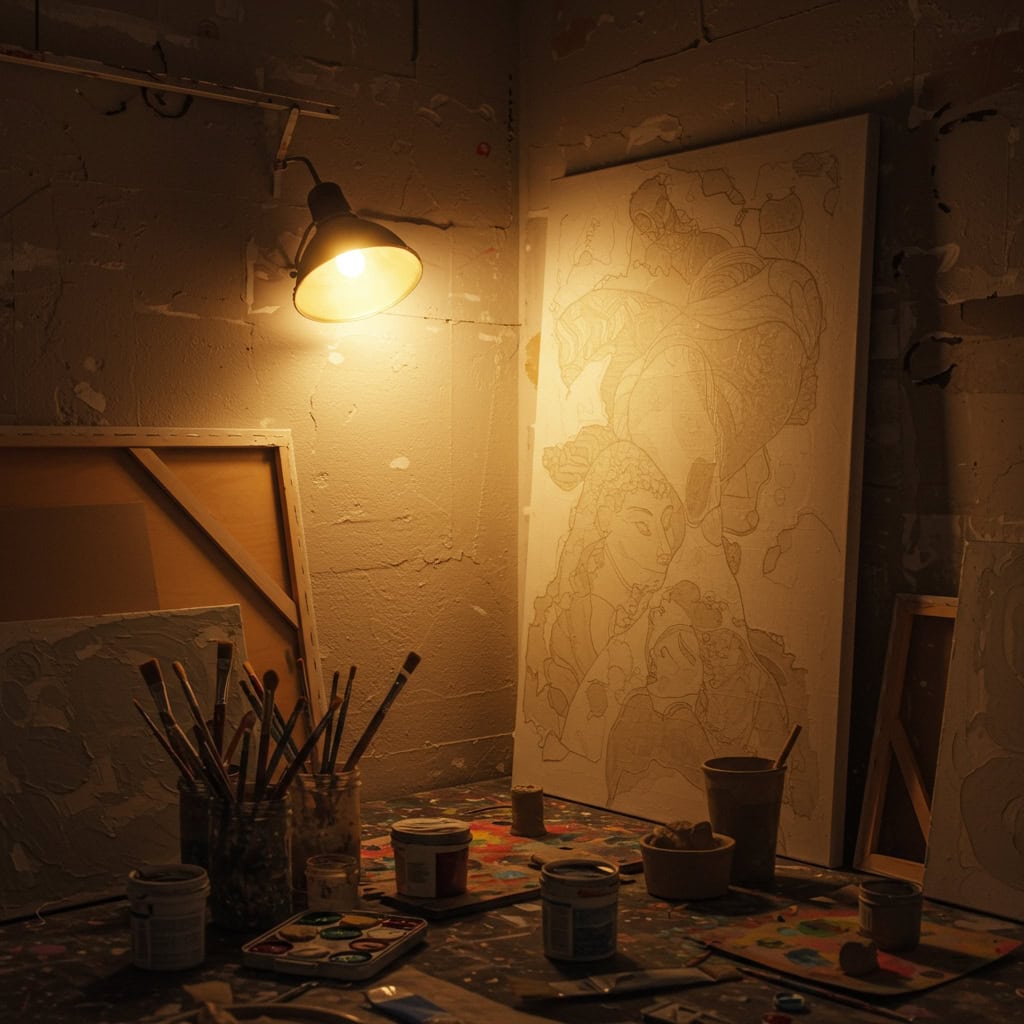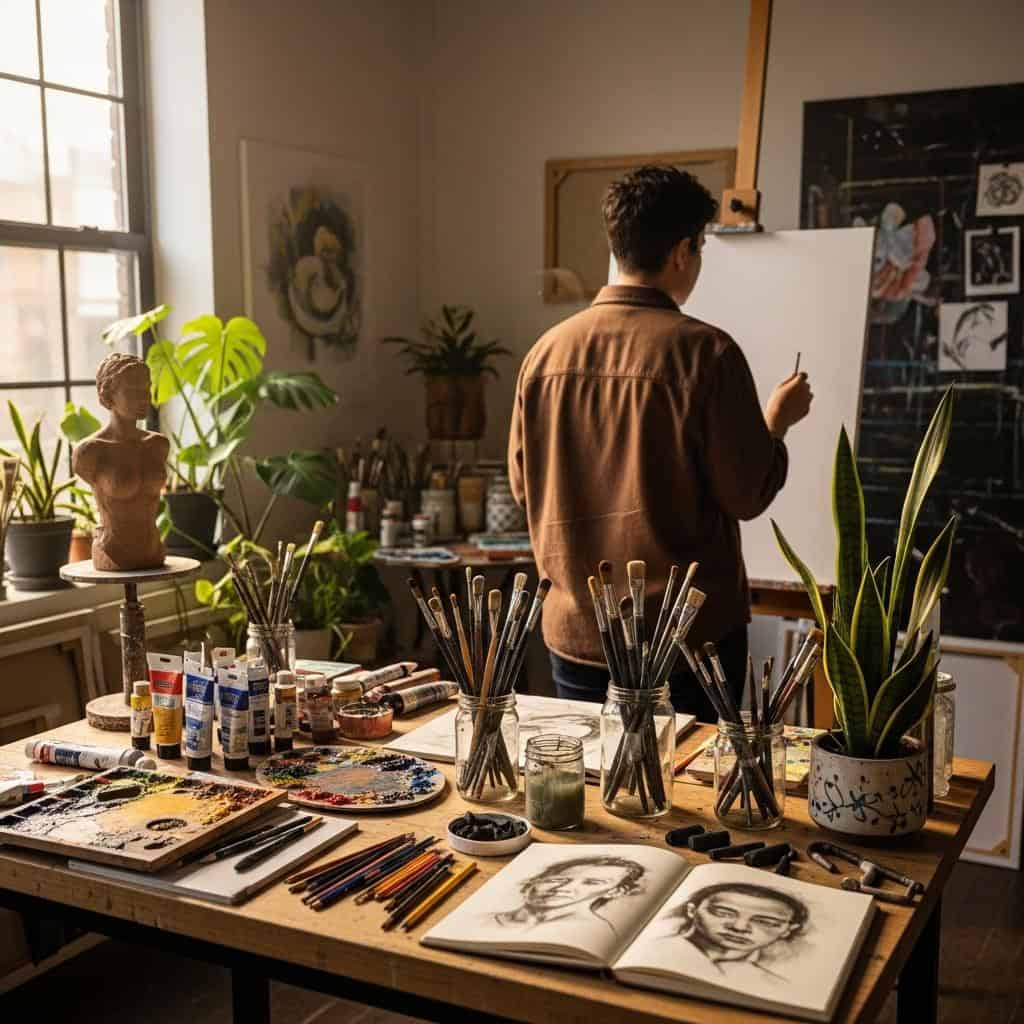Every artist, whether novice or seasoned, encounters the dreaded creative block—a frustrating wall that seems insurmountable. This experience is universal, rooted in the natural cycles of inspiration and self-doubt. Overcoming these barriers is crucial not only for producing new work but also for cultivating resilience and growth within your creative journey.
By tackling artist’s block head-on, you unlock opportunities for personal discovery and artistic evolution. This guide offers actionable strategies to help you break free from stagnation and reignite your creative spark, so you can continue to thrive as an artist.


